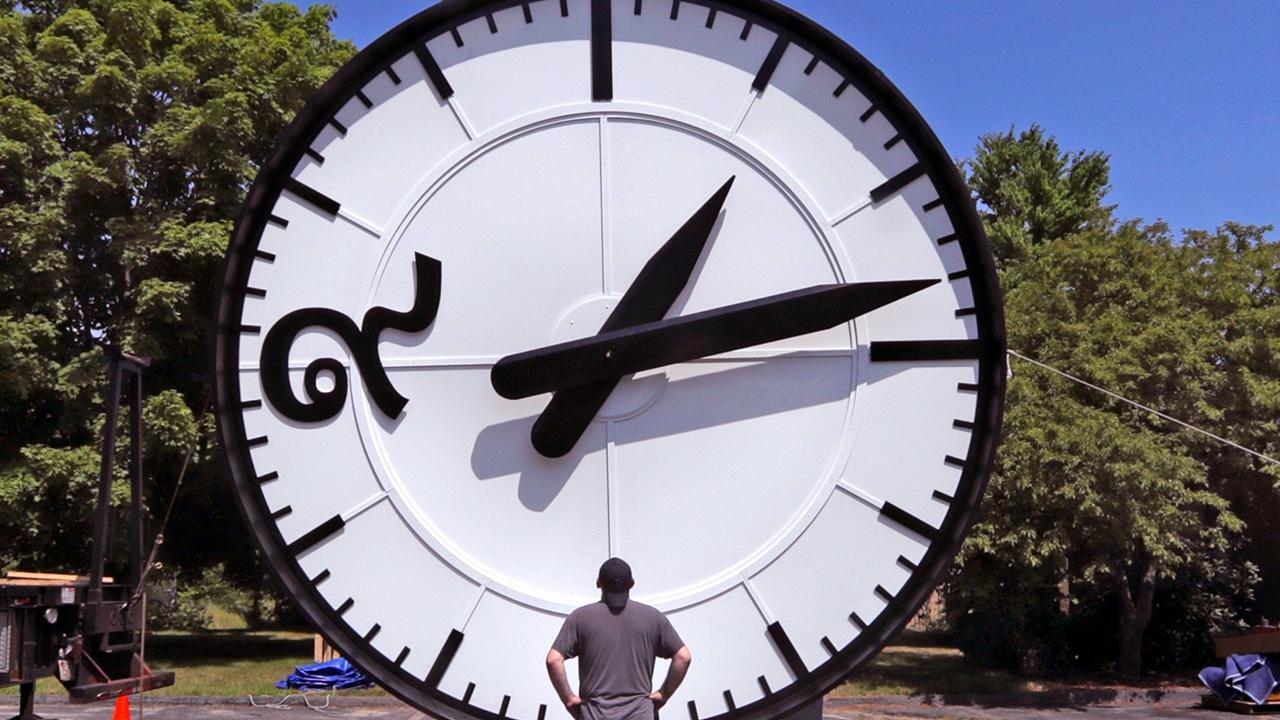Daylight saving time 2020: What to know as it starts back
Clocks will ‘spring forward’ on Sunday at 2am
This weekend, daylight saving time will start up again, after a four-month break.
That means, at 2 a.m. on Sunday, time will “spring forward” to 3 a.m. We won’t go back to standard time until November.
Most digital devices like computers, phones and tablets will automatically switch the time over automatically but losing the hour can still be confusing for some.
HOW MUCH DOES IT COST TO HAVE A BABY
Ahead of the jump back into daylight saving, here are five things to know about the practice.
When did it start?
The U.S. government first practiced daylight saving in 1918 during World War I in order to conserve coal.
It didn’t become a law until 1966 with the federal passage of the Uniform Time Act.
Today, daylight saving is under the jurisdiction of the U.S. Department of Transportation, according to its website.
TRUMP SAYS COVID-19 MAY TAKE A TOLL ON THE ECONOMY, BUT HE HAS A PLAN FOR EVERY POSSIBILITY
Why do we do it?
According to the DOT, daylight saving time saves energy, prevents traffic injuries and reduces crime because it gives more hours of daylight.
Are there health impacts?
Despite the assertions on the DOT website, researchers have linked daylight saving with increased risk of heart problems such as strokes, heart attacks and atrial fibrillation.
“In the spring, the day after we move into daylight saving time, there are more car accidents, greater stock market losses, more workplace injury, reduced test scores and higher suicide rates,” Greg Ridgeway, who co-authored a 2017 study from the American Association for the Advancement of Science on daylight saving’s effects on sleep, said in a press release.
GET FOX BUSINESS ON THE GO BY CLICKING HERE
Are there economic impacts?
According to an estimation by Chmura Economics & Analytics, daylight saving time cost more than $433 million in the United States in 2016 by way of increased heart attacks, workplace injuries and cyberloafing.
Does everyone practice it?
According to the DOT, Hawaii, American Samoa, Guam, Puerto Rico, the Virgin Islands and “most of Arizona,” don’t practice daylight saving.
According to Patch.com, the Navajo Reservation in Arizona does practice daylight saving.
Some states want to practice daylight saving time year-round, instead of eight months out of the year. Those states include Florida, Washington, California and Oregon, according to USA Today.





















